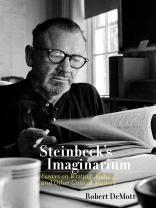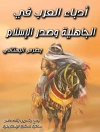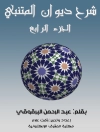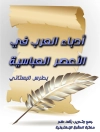In Steinbeck’s Imaginarium, Robert De Mott delves into the imaginative, creative, and sometimes neglected aspects of John Steinbeck’s writing. De Mott positions Steinbeck as a prophetic voice for today as much as he was for the Depression-era 1930s as the essays explore the often unknown or unacknowledged elements of Steinbeck’s artistic career that deserve closer attention. He writes about the determining scientific influences, such as quantum physics and ecology, in Cannery Row and considers Steinbeck’s addiction to writing through the lens of the extensive, obsessive full-length journals that he kept while writing three of his best-known novels—The Grapes of Wrath, The Wayward Bus, and East of Eden. De Mott insists that these monumental works of fiction all comprise important statements on his creative process and his theory of fiction writing. De Mott further blends his personal experience as a lifelong angler with a reading of several neglected fishing episodes in Steinbeck’s work. Collectively, the chapters illuminate John Steinbeck as a fully conscious, self-aware, literate, experimental novelist whose talents will continue to warrant study and admiration for years to come.
Cuprins
Dates of Selected Steinbeck Books
Acknowledgments
Abbreviations for Frequently Cited Texts
Preface. What Went Around Came Around
Chapter One. Half a Century with Steinbeck: A Personal Retrospect
“John Steinbeck saved my life.”
Chapter Two. The Place We Have Arrived: On Writing/Reading toward
Cannery Row
“John Steinbeck was an ‘experimental’ writer.”
Chapter Three. Private Narratives/Public Texts: Steinbeck’s Writing Journals
“John Steinbeck was addicted to writing.”
Chapter Four. Of Fish and Men: John Steinbeck, Fly-Fishing, and Me
“John Steinbeck loved to fish.”
Notes
References
About the Author
Credits
Index
Despre autor
Robert De Mott is the Edwin and Ruth Kennedy Distinguished Professor of English Emeritus at Ohio University in Athens. De Mott is the author of Steinbeck’s Reading: A Catalogue of Books Owned and Borrowed and Steinbeck’s Typewriter: Essays on His Art. He is also the editor of Working Days: The Journals of The Grapes of Wrath and the Library of America’s four-volume edition of Steinbeck’s works.












